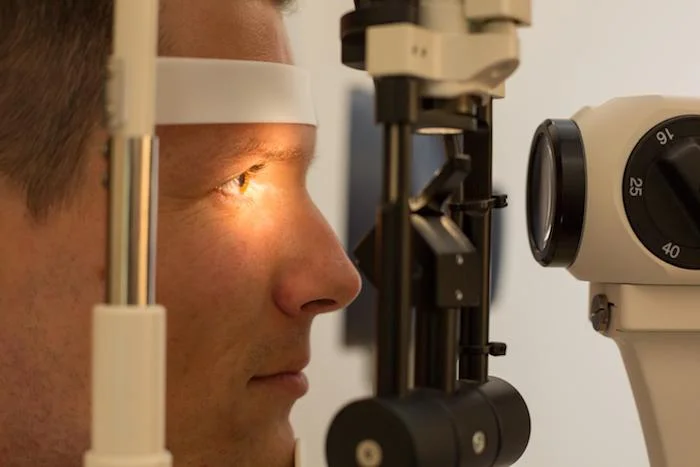Astigmatism is a common condition that affects the curves in your eyeball and therefore changes the way you see. You can have astigmatism on its own or in addition to myopia (nearsightedness) or hyperopia (farsightedness). Approximately one in three men, women, and children has astigmatism in the United States.
Astigmatism may complicate your vision correction, so you may need a special type of contact lens, for instance. You can also correct astigmatism with laser vision correction.
Expert ophthalmologist John Ghobrial, MD, and our team at Eye Associates of Monmouth ensure that you’re checked for astigmatism as well as other eye conditions during your annual eye exam. We offer in-person exams at our office in Colts Neck, New Jersey, as well as telehealth consultation services over a secure, HIPAA-compliant connection.
If you have astigmatism, it may change your choices in how to manage your vision. Following are a few things about astigmatism you might not have realized.
You have a football-shaped lens or cornea
Normal lenses and corneas are evenly rounded, like a ping-pong ball. If you have astigmatism, though, either your lens or your cornea isn’t evenly curved. Instead, it’s shaped more like a football or an egg.
The abnormal curves mean that when light enters your eye, it’s not focused well on your retina. Like a camera that’s out of focus, the image that’s projected to your brain is blurry.
Astigmatism affects both near and far vision
Whether you have myopia or hyperopia, if you have astigmatism, both your near and far vision are further impaired. The light rays either fall short of the retina or they fall too far behind it.
Astigmatism is a refractive error in your eye, which means you’re not focusing light properly. Both nearsightedness and farsightedness are types of refractive errors.
Astigmatism can be horizontal or vertical
You can have an astigmatism that curves from top to bottom or from side to side. When the curve runs up and down, it’s classified as a vertical astigmatism. When the curve runs side to side, it’s classified as a horizontal astigmatism.
You may have been born with astigmatism
Astigmatism tends to run in families. In fact, you may have been born with it but never noticed until you grew older and developed either myopia or hyperopia.
If you have any refractive errors, pay special attention to your children’s vision. They may not recognize when they’ve developed nearsightedness, farsightedness, or astigmatism, but by asking them questions about signs or images they can see or read in the distance, you get a good idea of whether they’re seeing properly.
Astigmatism, myopia, and hyperopia don’t just affect your child’s sight. They can also impair learning. If your child can’t see the blackboard, whiteboard, or screen, they may struggle in school. That’s why having your child’s eyesight tested regularly helps them in all facets of their life.
It’s important to identify astigmatism as early as possible in children. Without correction, astigmatism in kids can lead to a “lazy eye.”
You may have developed astigmatism
Even if you weren’t born with astigmatism, you could develop it later in life. Some common causes of astigmatism include:
- Eye disease
- Eye injury
- Eye surgery
You can’t cause astigmatism by habits such as reading in low light or staring at your device screens without a break. (You’ll tire your eyes, though!)
You can correct astigmatism
As with other refractive errors, Dr. Ghobrial can remedy your astigmatism with corrective eyeglasses or contact lenses. Most cases of astigmatism respond best to rigid gas-permeable contact lenses rather than traditional soft lenses. However, if you have sensitive eyes, you may find the harder lenses difficult to tolerate.
Another option for astigmatism correction is laser eye surgery. Unlike glasses or contacts, laser eye surgery permanently changes the shape of your cornea. You may also be able to correct your myopia or hyperopia during the same procedure.
Don’t put up with blurry vision. You can book an eye exam or laser eye surgery today when you contact our friendly team at Eye Associates of Monmouth by phone or our online appointment form.


